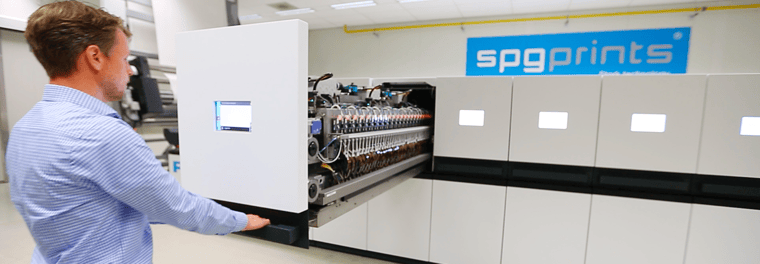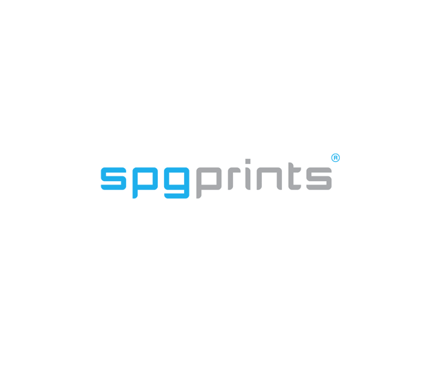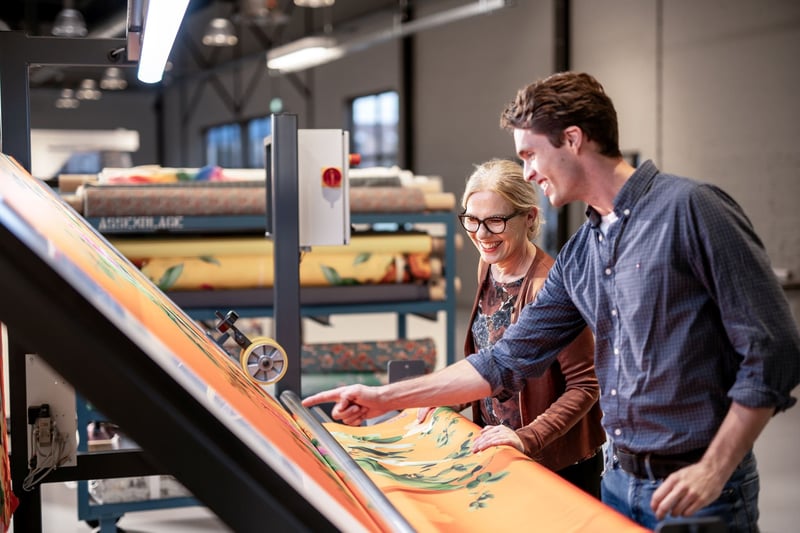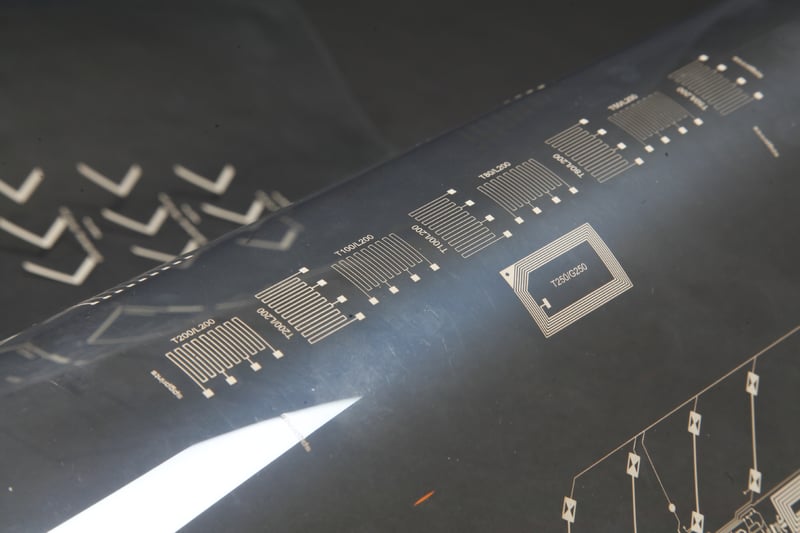What developments are influencing the digital textile printing market?
The textile market is growing rapidly. Major trends like population growth, increasing purchasing capability and rapidly changing fashion trends are key drivers for growth in the textile printing market. Production of printed textiles globally is projected to reach 36 billion square meters by this year (2024). By now digital textile printing controls 5 to 10% of the textile printing market.
For textile printing companies, this means there is an enormous pressure on the time to market and thus on faster sampling, increasing print speeds, efficiency, flexibility and design. In order to achieve such goals, the market simply needs to look at other ways to print on fabric. The solution to those challenges is digital textile printing.
What is digital textile printing?
So, what is digital textile printing exactly? Simply put, digital textile printers use digital technologies – just like your printer at home does. The digital textile printing process, when looked at from a bird-view has a lot of similarities with that of conventional textile printing: the fabric will be selected and pretreated, where it will pass through the printer at high speed and will subsequently be steamed, washed and dried.
But instead of pressing the different pre-mixed colors of dye in printing paste onto the fabric through rotary screens which each have their own pattern engraved, the digital textile printer uses a printable image (design) of a graphical data file, reads the right color information by using a LAB or RGB system and will then print the desired color onto the fabric with miniscule droplets of ink.
To stay competitive in the market, adding a digital textile printing production line to your existing business is sensible to consider. The key is to find a machine, service solution, and partnership that best suits your and your customers’ needs. Our latest guide will help you understand the different capabilities of printing solutions and how they best fit into your organizational strategy and growth plans:
What are the differences between the multi-pass scanning and single-pass digital printer?
As the title has given away already, there are two types of digital inkjet printers: the scanning printer (multi-pass) and the single-pass printer.
Multi-pass scanning printer
The multi-pass scanning printer has been on the market for 30 years now and has undergone great technological improvements ever since. The scanning printer receives the desired image and converts the pixel-LAB data into drop-color-position information. Simply put, this means the file tells the printer exactly how many droplets of a given color ink should be jetted at which location on the fabric.
In the scanning printer, the printheads are mounted to a carriage that moves from left to right and right to left over the width of the fabric. After each move of the carriage, the fabric is moved a certain distance and when it stops, the carriage makes the next stroke. So the image is build up by printing horizontal bars of image. These bars partially overlap (therefore the term 'multiple pass') to mask any printing error that may occur in one of the strokes. These printers typically reach speeds ranging from 100 linear meter per hour up to 1.000 linear meters per hour.
Single-pass printer
In a single pass printer, there is no moving carriage. The printheads are mounted over the full width of the fabric on a fixed printbar, one for each color. The fabric moves under those bars with a constant speed, so the image is built up in one stroke (hence 'single pass') of 1 vertical image bar over the full width. This enables very high printing speeds (over 3.000 linear meters per hour) but as the image is constructed in one single print pass, there is no possibility to mask any printing error. So the demand on a reliable inkjet technology is much higher than in a scanning printer.
Furthermore, the single pass printer needs a lot more print heads (typically 7-10 times more) and as printheads cost several 1.000's of euros each, a single pass printer costs well over 1,5 million euros compared to several 100.000 euros for a scanning printer.
What are the advantages of digital textile printing?
In the beginning of this blog, we have outlined the main drivers for digital textile printing technology. But what exactly are the advantages of digital printing for your textile printing company?
- Low fixed costs because of lack of screen engraving and color separation;
- Low sample costs as it is not needed to produce and test screens for individual patterns. Therefore it is cost effective for smaller orders;
- Fast sampling and short term delivery as designs can be made digitally and adjusted on the spot. Each adjustment in conventional screen printing requires a new rotary screen which slows down lead time;
- Less or no stock (brands move stock risks to brand owner ‘produce what you sold’ instead of ‘sell what you produce’);
- High resolution and fine patterns, flexibility and unlimited color combinations (digital printers are not limited to a maximum amount of rotary screens, i.g. colors);
- High savings on energy and water because there is no need to wash rotary screens in order to apply new colors, using enormous amounts of water;
- Less waste as droplets of ink are being printed very precisely onto the fabric. No disposal of excess dye and chemicals used in rotary screen printing, harming the environment;
- Unlimited repeat size as the repeat size is not limited to the diameter of the rotary screen.
Digital textile printing is able to meet today’s demands for short-runs and fast-turnarounds. By using digital technologies, higher standards of quality on the widest range of fabrics can be achieved, maximising uptime, and giving customers the flexibility to bring ideas faster to the market.
Is digital textile printing worth your investment?
Digital textile printing is the fastest growing segment within textile machinery. Because of the advantages stated above, increasingly more printers are making the transition from conventional to digital textile printing.
But is digital textile printing truly worth the investment? Incorporating digital textile printing into facilities has enormous potential for companies of all sizes – but investment must be strategic, with an understanding of current printing capabilities and future customer demands.
Our latest whitepaper handles the most important factors to consider when selecting the best digital printer suitable for you and your customers. We show you the best digital printer for every digital textile journey - based on your needs and wishes:







